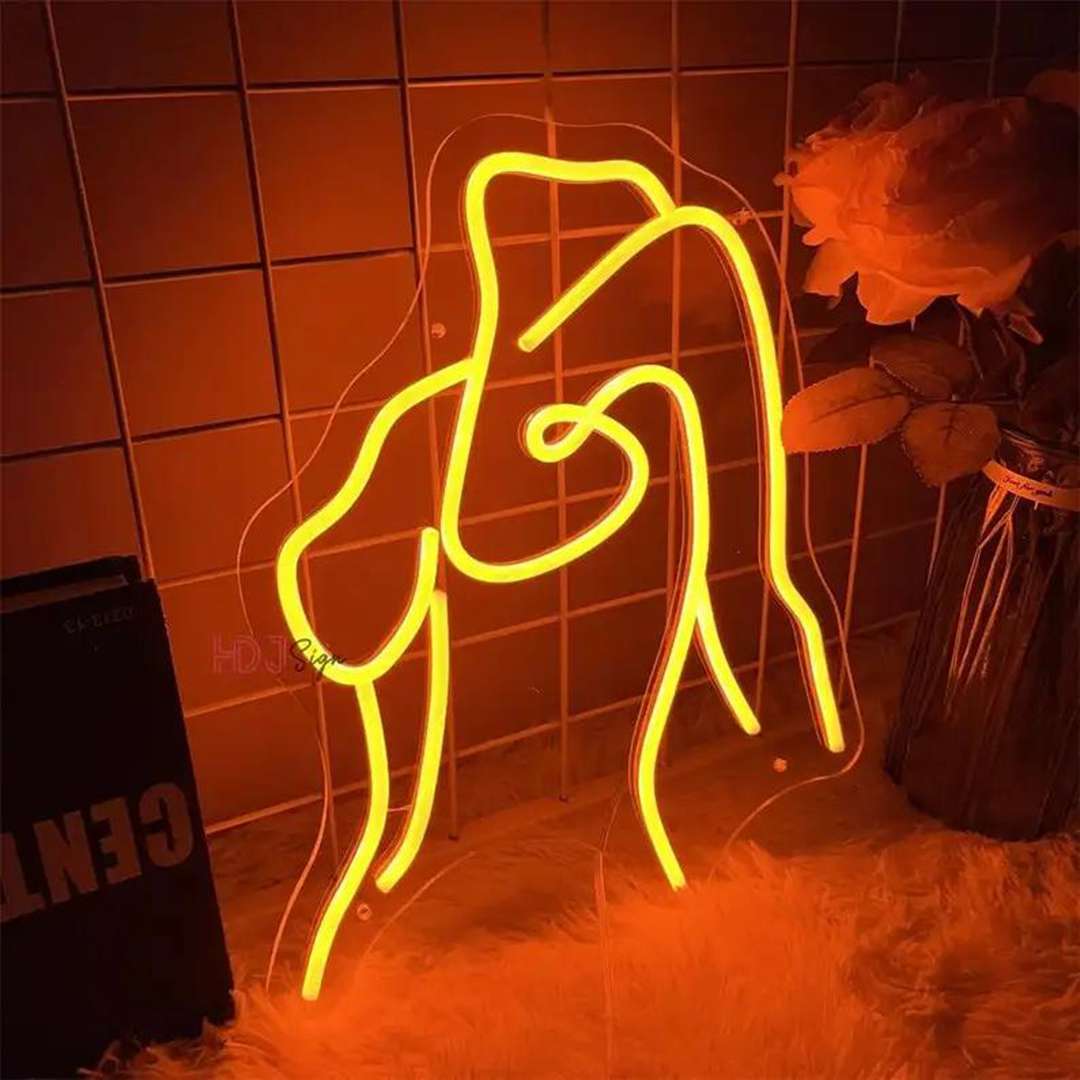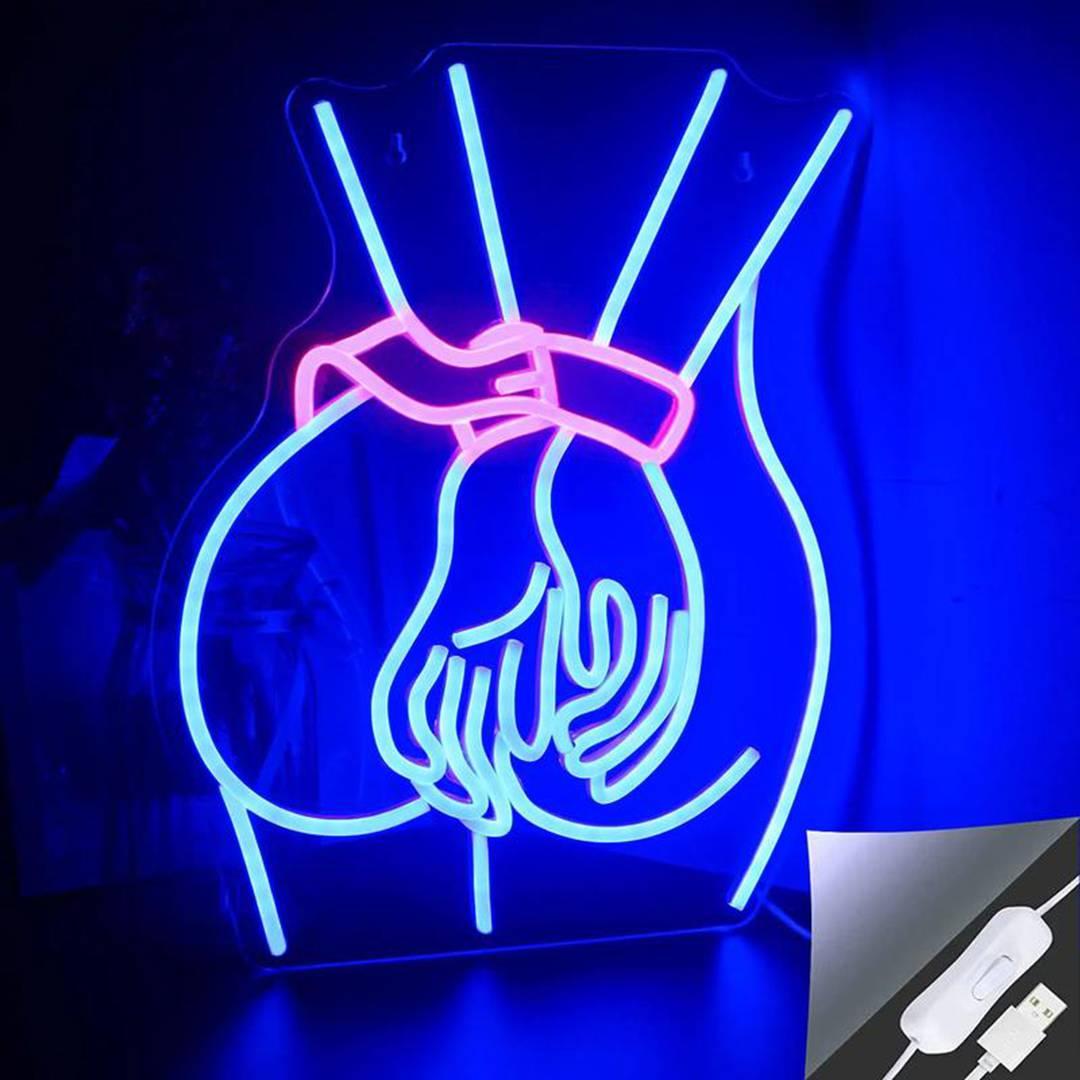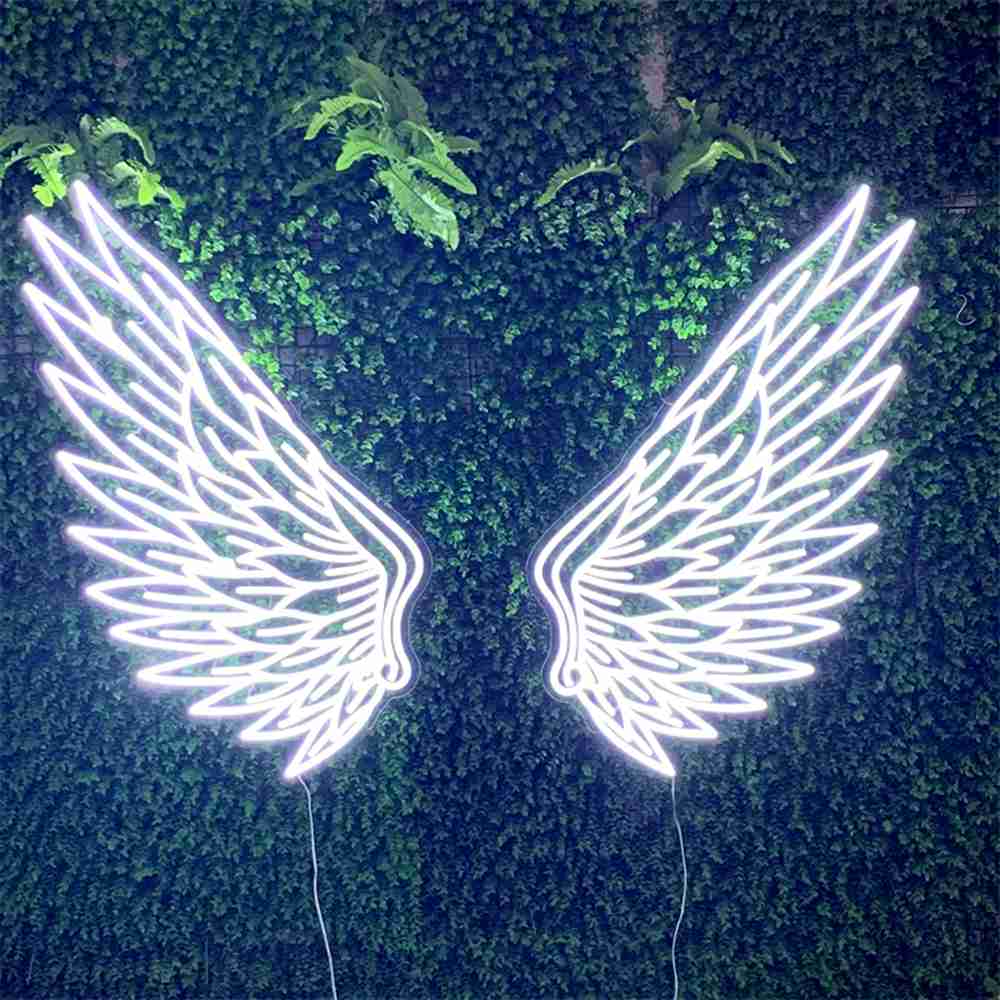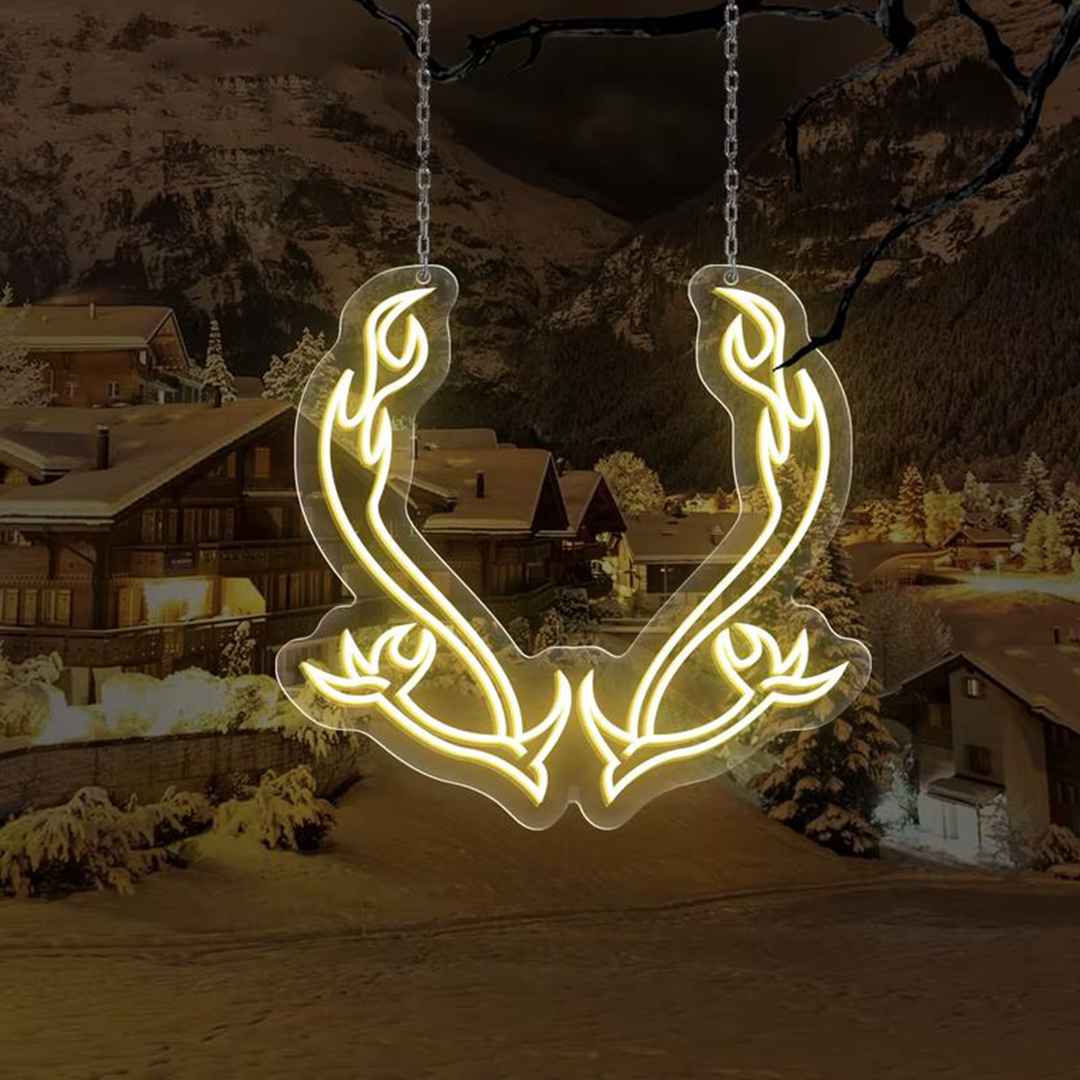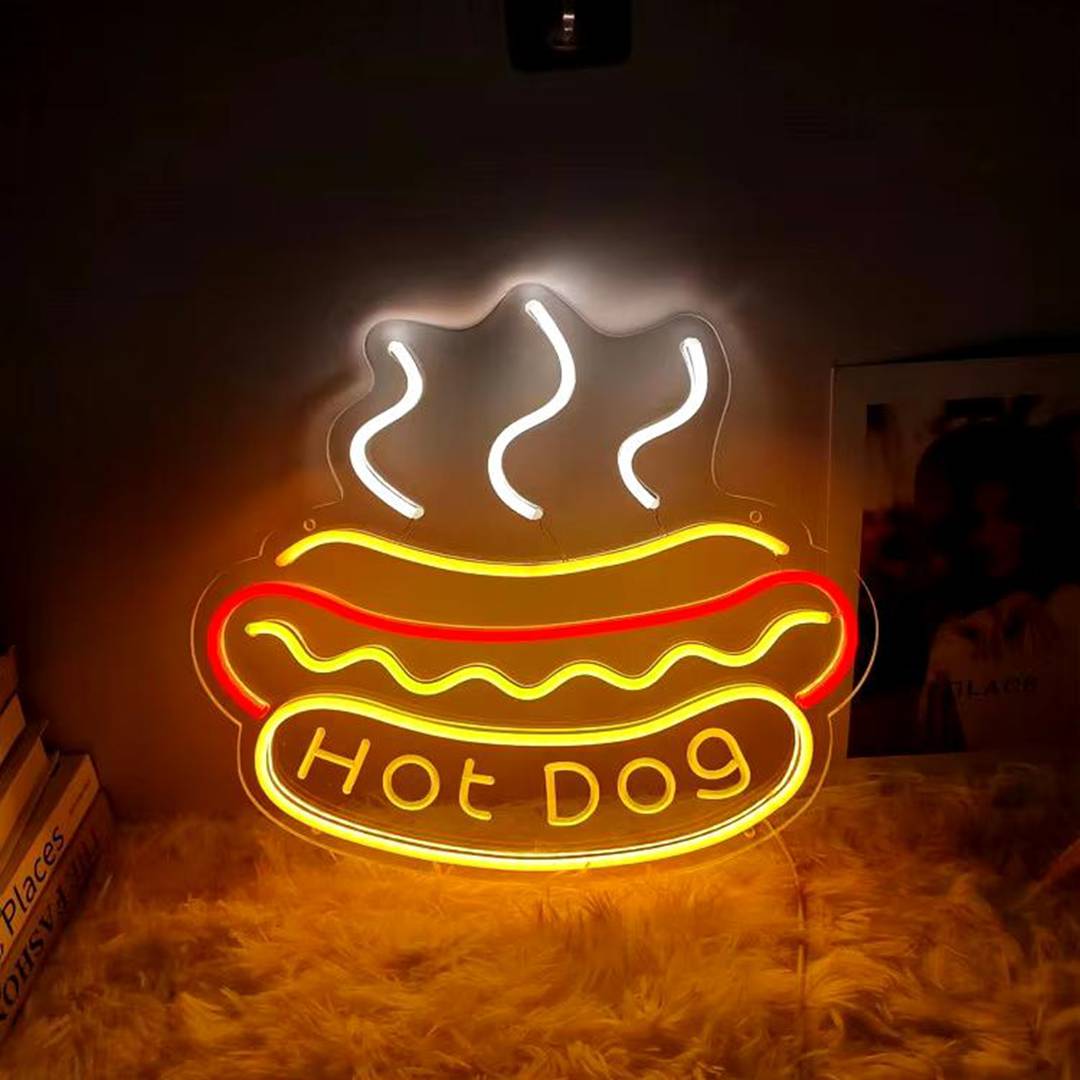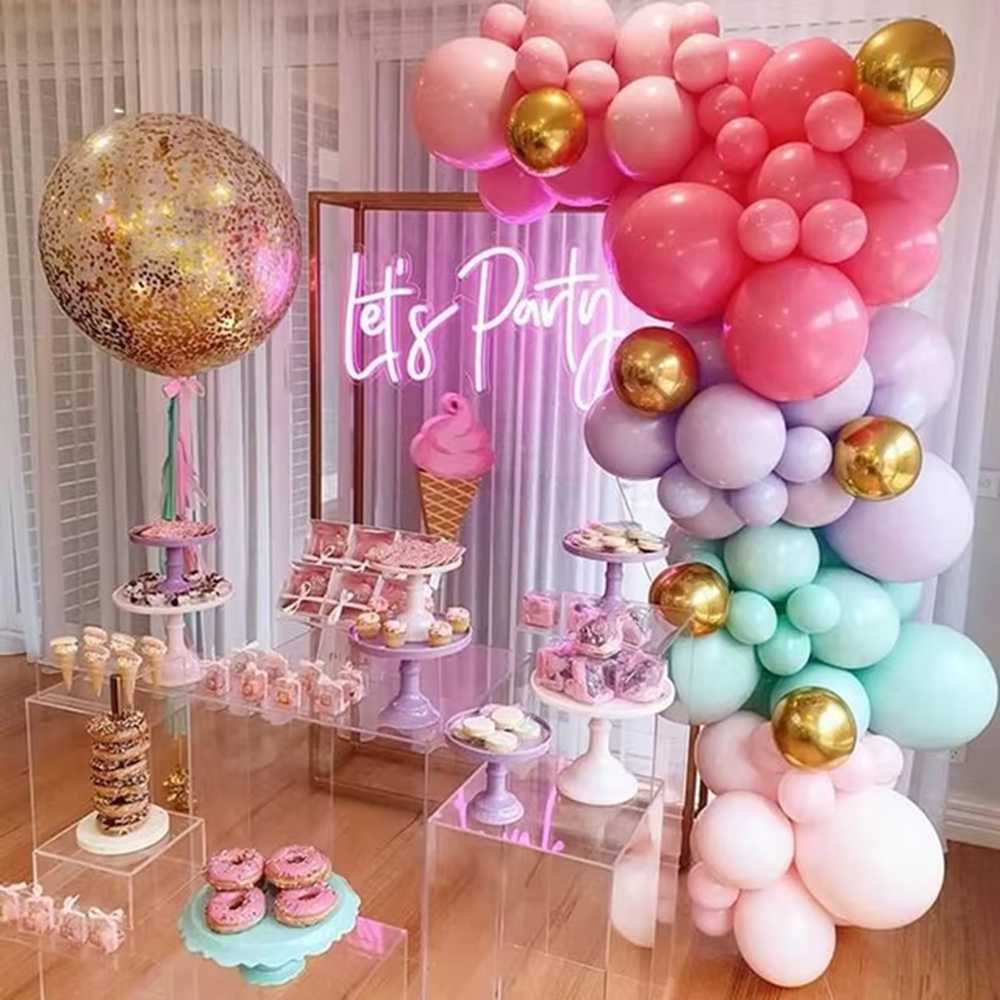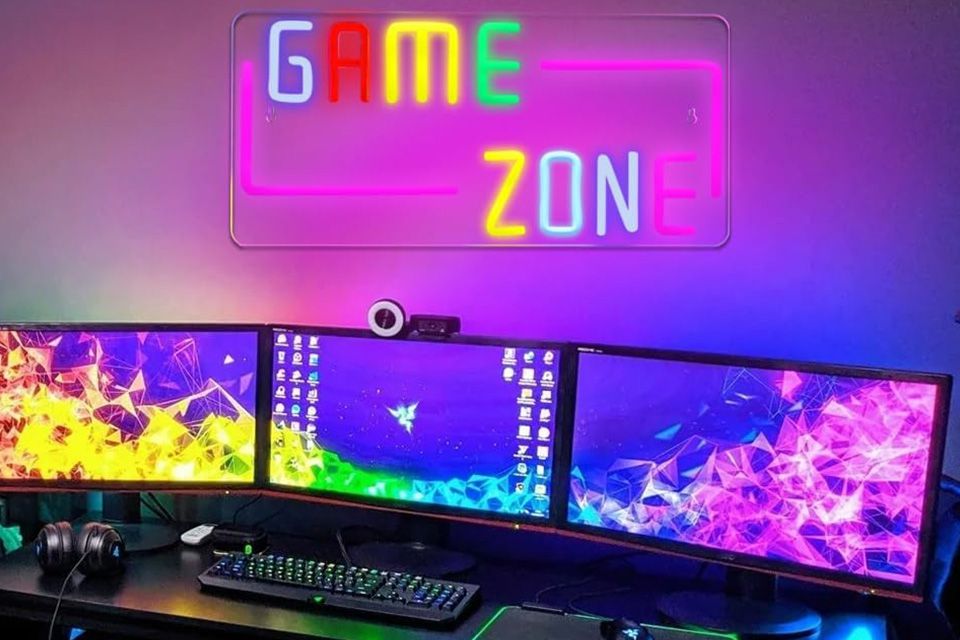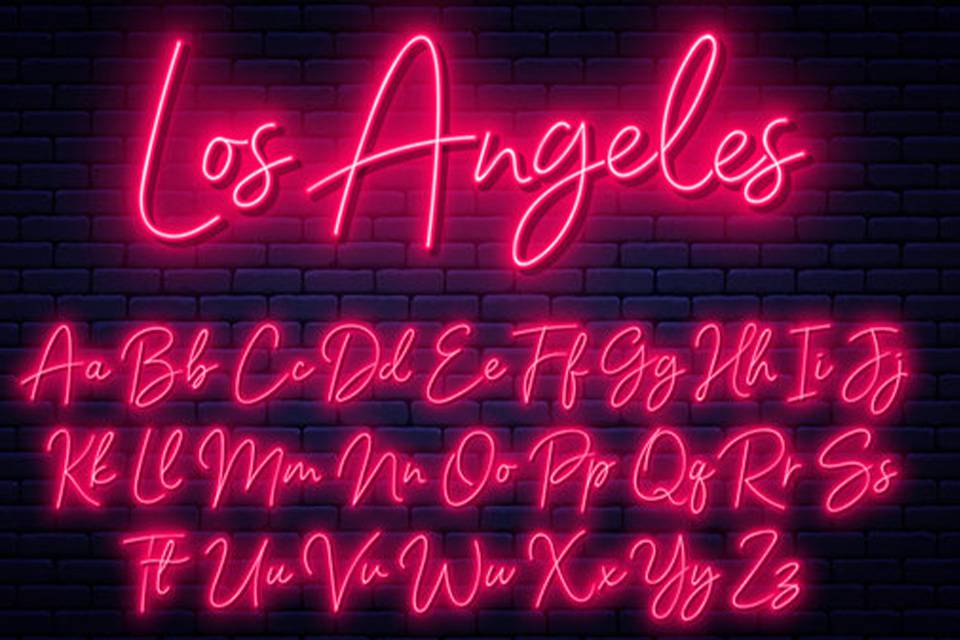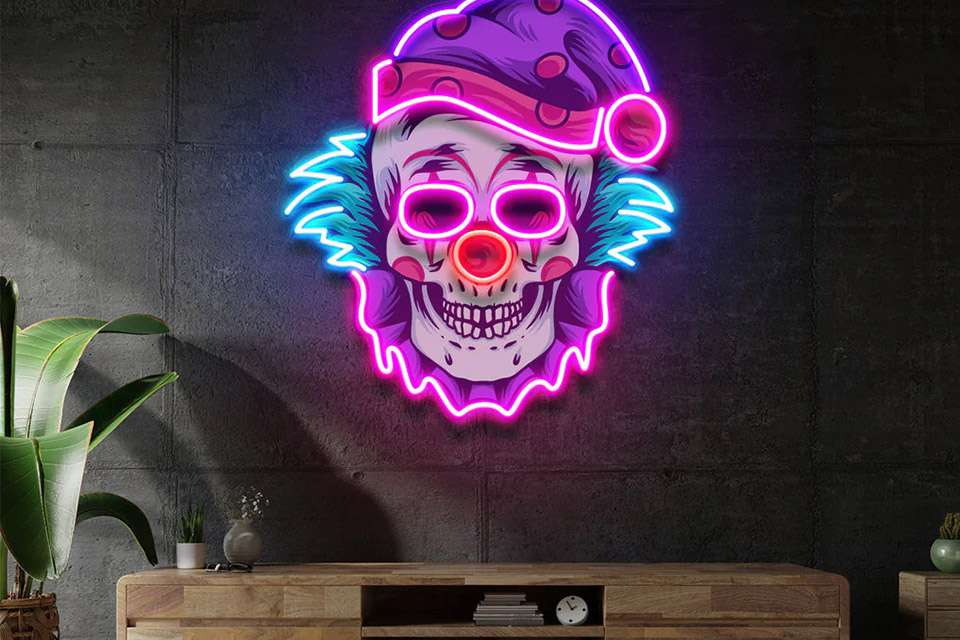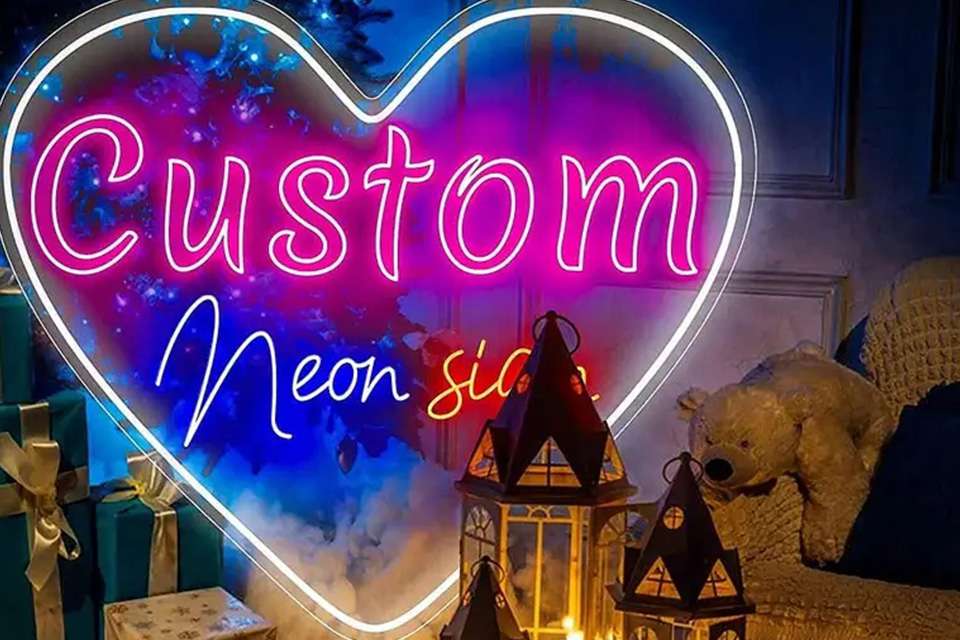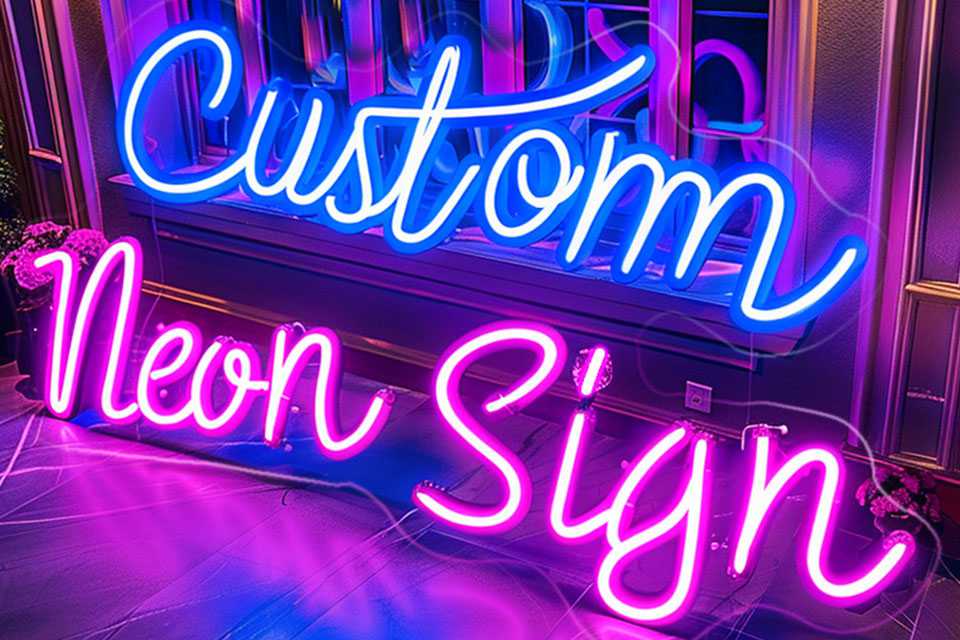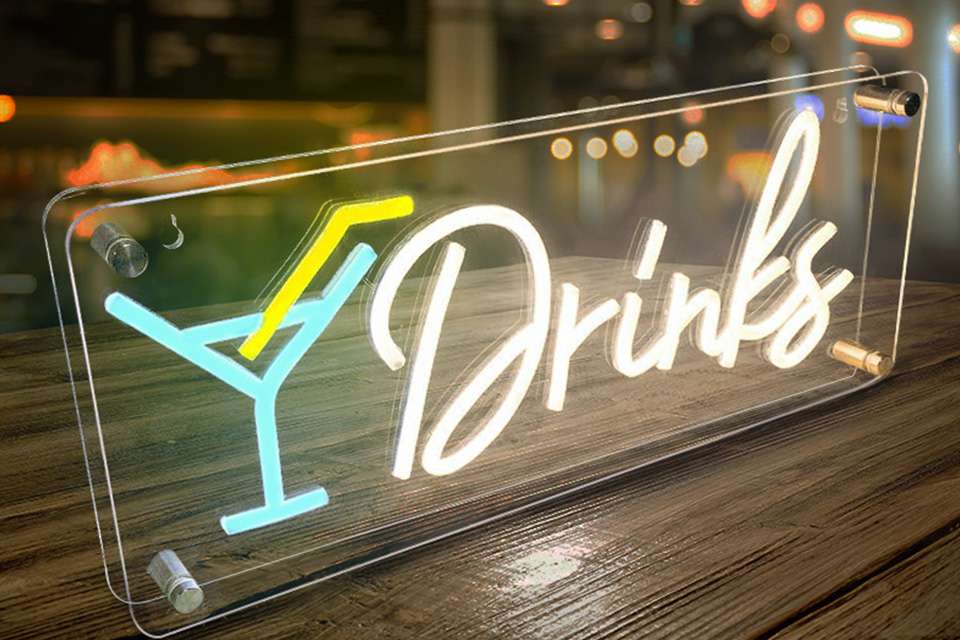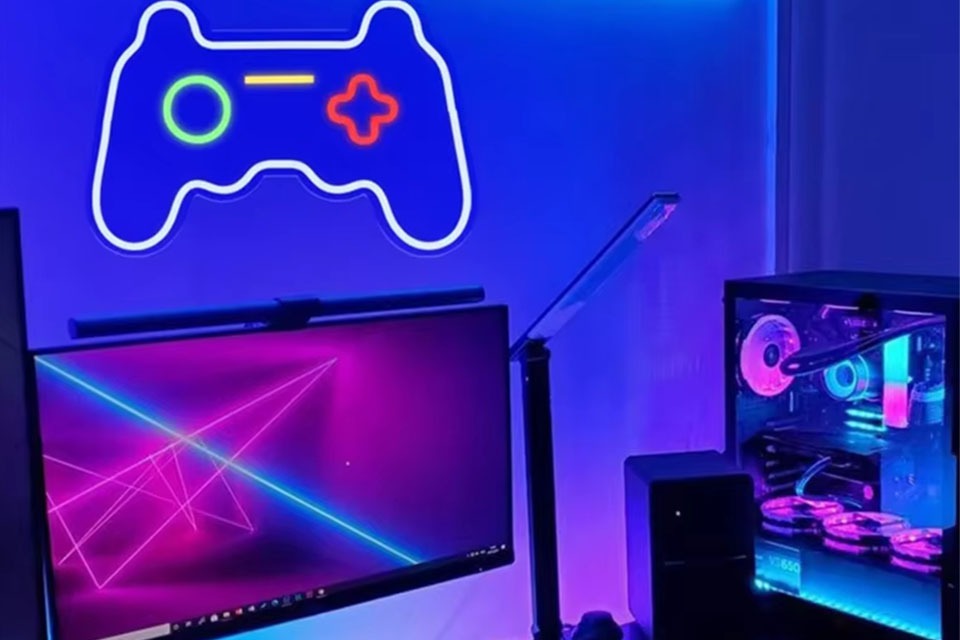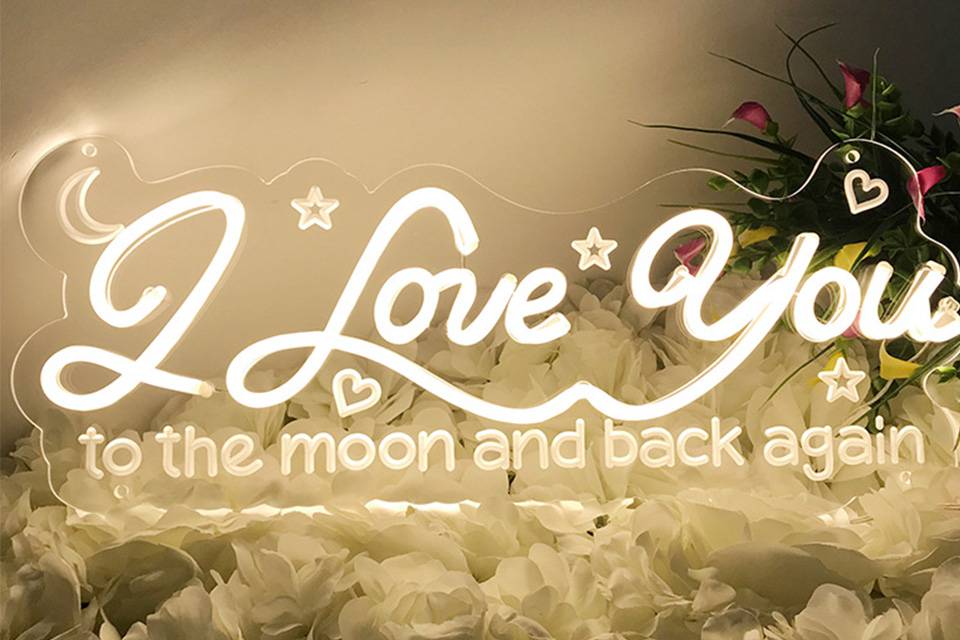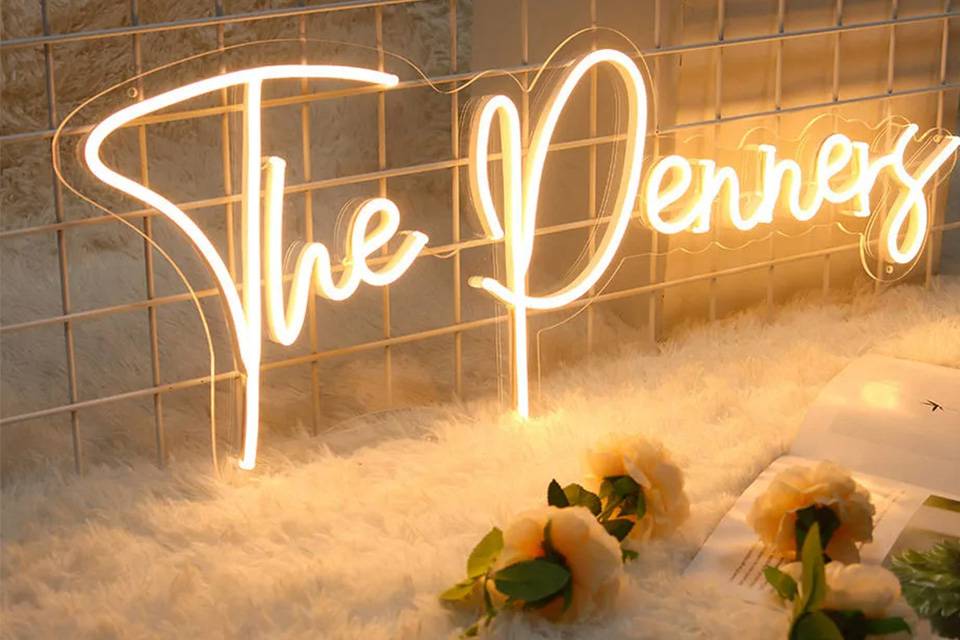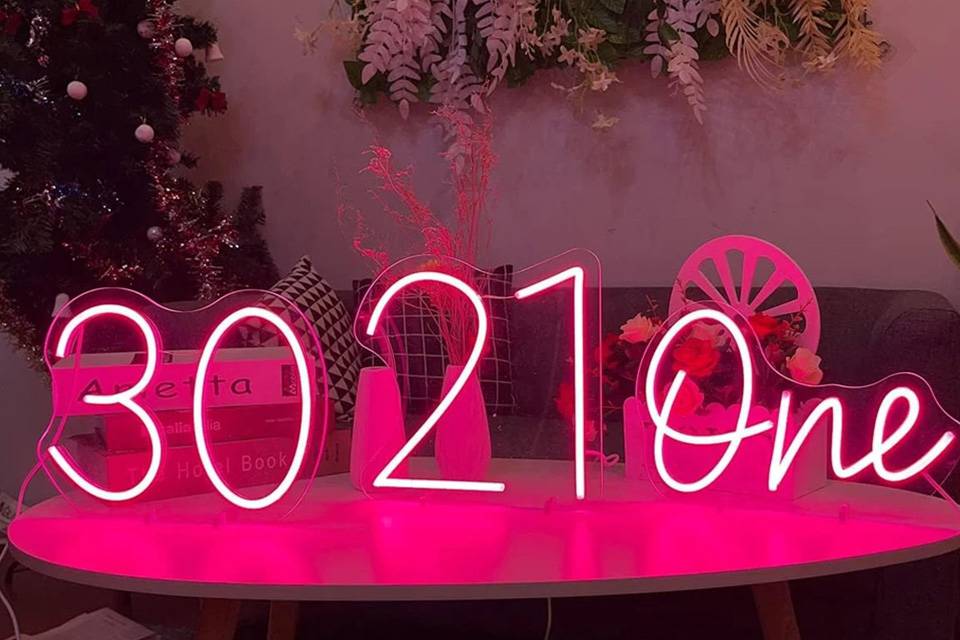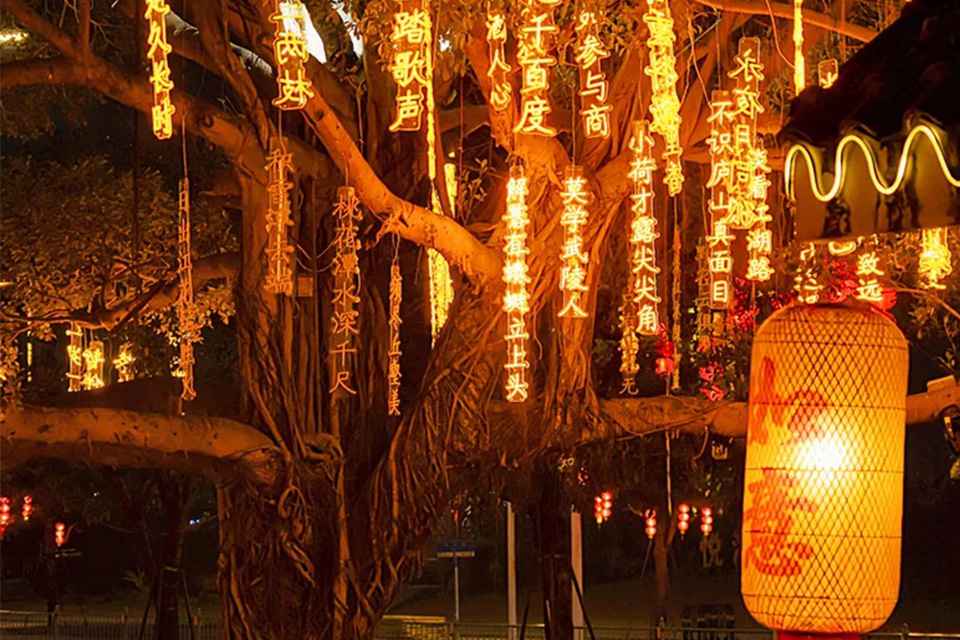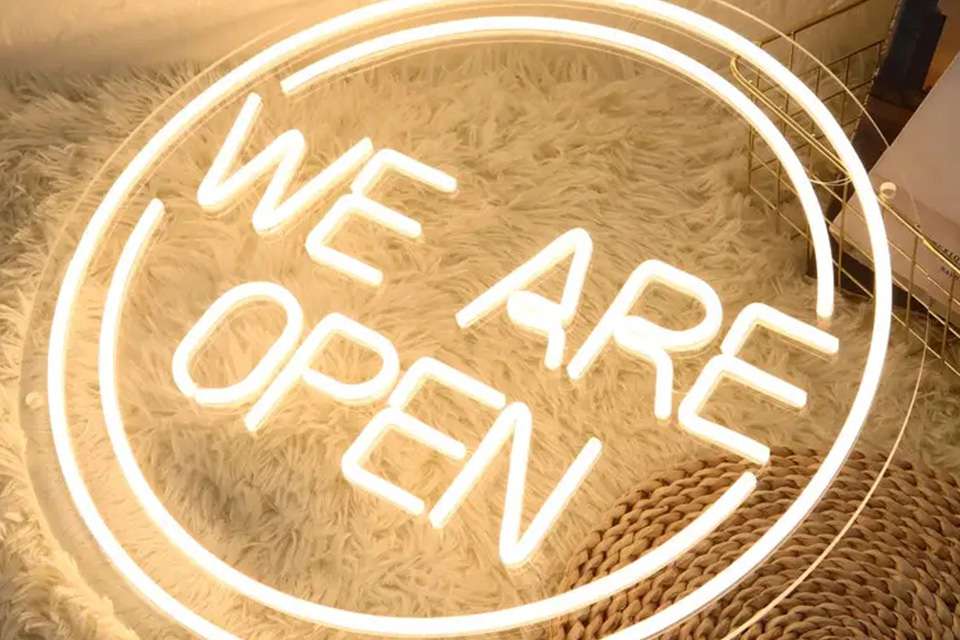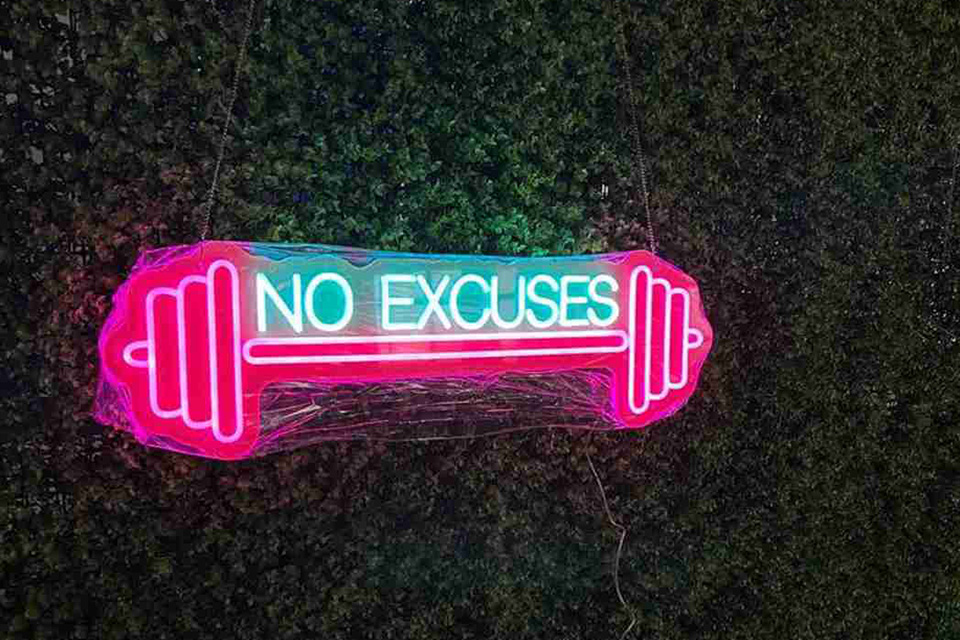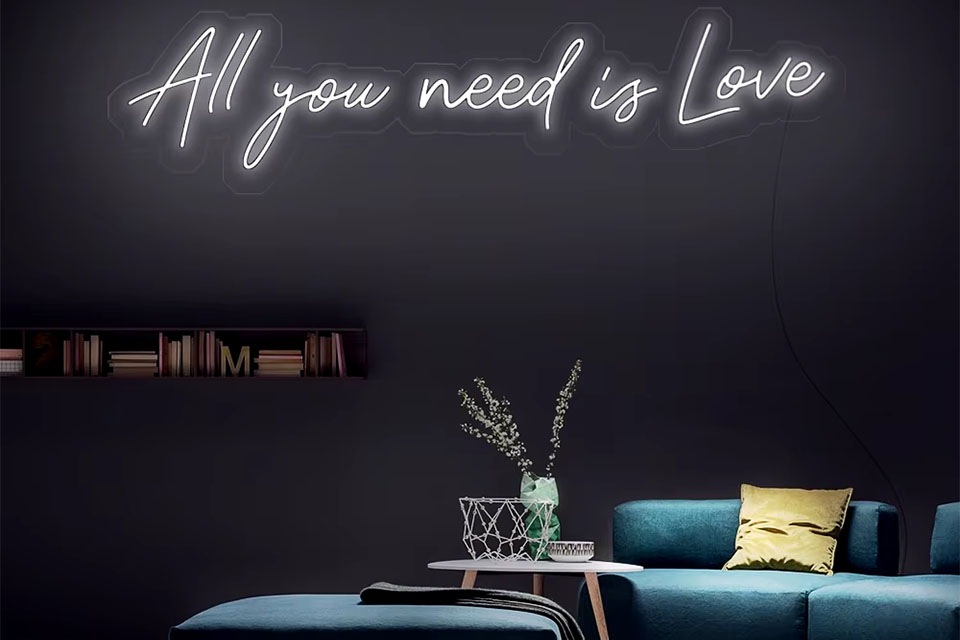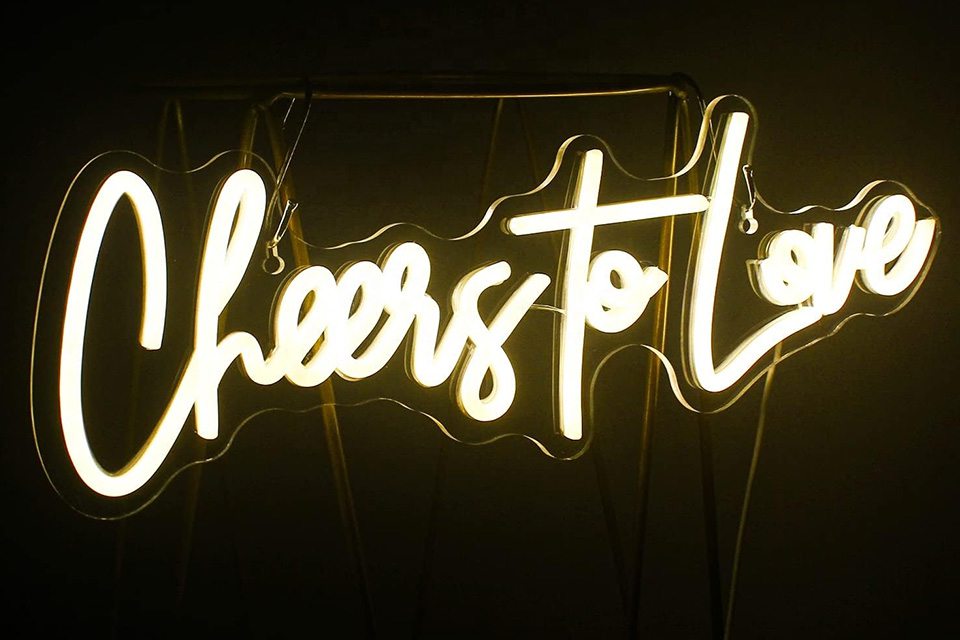
Evoluzione delle insegne al neon: Una breve storia
Indice dei contenuti
Questo articolo esplora l'affascinante history of neon signs, from their invention to their modern-day resurgence. We’ll journey through the golden age of neon, witness its decline, and discover how insegne al neon has adapted and thrived in the 21st century. Understanding the evolution of neon signs provides a deeper appreciation for their enduring appeal and cultural significance. This article is worth reading because it offers a comprehensive yet concise overview of the history of neon, revealing the captivating story behind these luminous displays that have illuminated our cities for over a century. It is a perfect way to learn more about the story of neon signs.
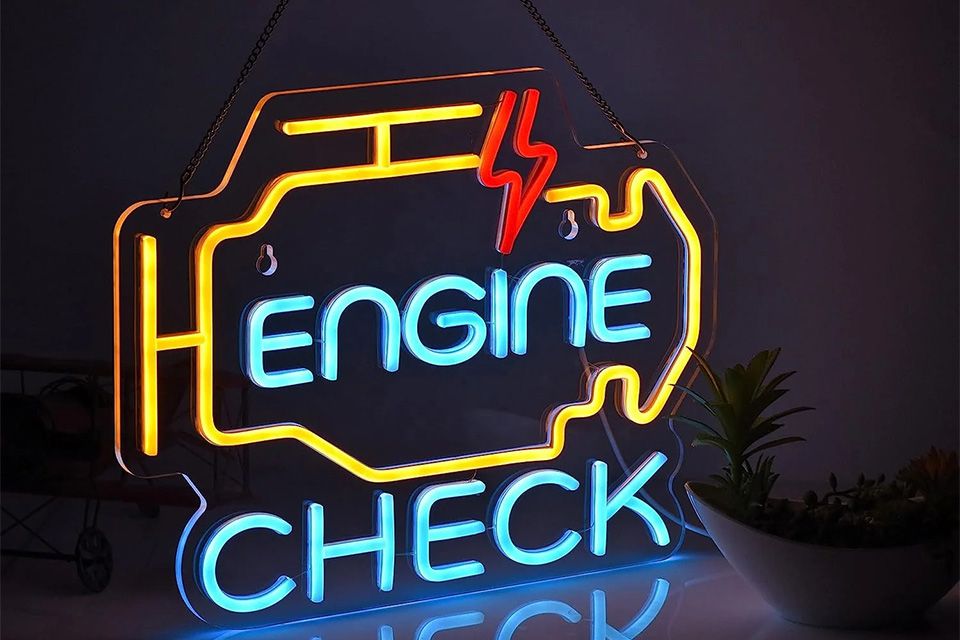
Who Invented the Neon Light? The Birth of Neon
Il story of neon signs begins with the discovery of neon gas. In 1898, British scientists William Ramsay and Morris Travers discovered neon, a colorless, odorless noble gas. However, it was French engineer Georges Claude who, in 1910, invented the neon light. He achieved this by passing an electric current through a sealed glass tube riempito di gas neon. This process, which was based on earlier experiments with Geissler tubes, created a distinctive bright reddish-orange glow. This marked the birth of neon lighting.
Georges Claude, often referred to as the “Edison of France,” wasn’t initially focused on creating signage. His primary interest was in developing a new form of indoor illuminazione. However, the vibrant glow of neon quickly caught the attention of others, who saw its potential for outdoor advertising. This initial invention would pave the way for a revolution in visual communication and segnaletica. It was the first neon lamp ever created, and it would quickly become very popular.
When Was the First Neon Sign Created and Used?
Georges Claude publicly demonstrated the first neon light at the Paris Motor Show in 1910. Questi first lights were not signs in the way we think of them today, but rather long tubes of glowing gas neon. They immediately captivated the public’s attention with their vibrant reddish-orange hue. Claude then founded the company Claude Neon to commercialize his invention. He quickly realized that insegne al neon could be used for much more than just illumination.
Il first neon sign used for advertising was installed in 1912 above a barbershop in Paris. The segno simply read “Palais Coiffeur” (Hairdresser’s Palace). The first advertising sign made con neon marked a turning point in the history of neon signs. In 1923, Claude Neon introduced insegne al neon to the United States, selling two signs to a Packard car dealership in Los Angeles. Il two signs reading “Packard” could be seen from great distances, and they quickly became a sensation, marking the beginning of neon‘s rise in American advertising.
How Did Neon Signs Become Popular in Advertising?
The popularity of insegne al neon soared in the 1920s and beyond, primarily due to their eye-catching nature and visibility, especially at night. The bright, vibrant glow of neon was unlike anything people had seen before, making insegne al neon incredibly effective for attracting attention. Neon signs became a very popular choice for advertising, and they quickly spread all over the world. The fact that neon was first used in this way is not a coincidence.
Businesses quickly recognized the power of insegne al neon to draw in customers. Insegne al neon could be fashioned into various shapes and letters, allowing for creative and customized advertising. The use of different gases, such as argon (which produces a blue light) and mixtures of gases, expanded the color palette, further enhancing the versatility of insegne al neon. Neon signs have become a very popular choice for businesses of all sizes. They were mostly used in advertising, but they quickly found their way into other areas as well.
What Was the Golden Age of Neon?
The period from the 1920s to the 1950s is often referred to as the “Golden Age of Neon.” During this time, insegne al neon proliferated across cities worldwide, transforming urban landscapes into vibrant displays of light and color. Neon signage became synonymous with nightlife, entertainment, and commerce. This was also the time when neon signs became increasingly popular.
Las Vegas, in particular, embraced neon with unparalleled enthusiasm. The city’s burgeoning casino industry adopted insegne al neon as a way to create a dazzling and glamorous atmosphere. The “Welcome to Fabulous Las Vegas” segno, erected in 1959, has become one of the most iconic insegne al neon in the world, instantly recognizable as a symbol of the city. The golden age of neon was a time when insegne al neon were everywhere, and they were a symbol of progress and modernity.
What Led to the Decline of Neon Signs?
Il decline of neon began in the 1960s neon signs started to be perceived as outdated and tacky. New forms of illuminazione e segnaletica, such as fluorescent lights and plastic signs, emerged as cheaper and more readily available alternatives. These alternatives were often seen as more modern and less expensive to produce and maintain. This led to a decline in the popularity of neon.
Cities began to implement stricter sign ordinances, often targeting insegne al neon as a source of visual clutter. The energy crisis of the 1970s also contributed to neon‘s decline, as businesses sought more energy-efficient illuminazione options. As a result, many neon signs were removed or replaced, and the once-ubiquitous glow of neon began to fade from urban landscapes. It was the beginning of the end for insegne al neon tradizionali.
How Have LED Neon Signs Revolutionized the Industry?
In recent years, insegne al neon have experienced a resurgence, thanks in large part to the development of Insegne al neon a LED. Neon a LED technology offers the aesthetic appeal of traditional neon but with significant advantages in terms of energy efficiency, durability, and safety. Insegne al neon a LED are much more energy-efficient than insegne al neon tradizionali, and they are also much safer. This makes led neon lighting a much better choice for many businesses.
Insegne al neon a LED use light-emitting diodes (LEDs) encased in flexible, durable PVC or silicone jackets, mimicking the look of traditional neon tubes. They consume significantly less energy, have a longer lifespan, and are less prone to breakage. Neon a LED technology has also opened up new possibilities for design and customization, allowing for intricate shapes, vibrant colors, and even color-changing effects. This made insegne al neon moderne much more versatile than the traditional ones.
What is the Role of Neon Signs in Modern Times?
Today neon signs are experiencing a revival, both in commercial and residential settings. While insegne al neon tradizionali are still valued for their vintage charm and craftsmanship, insegne al neon moderne made with Neon a LED technology are gaining popularity due to their versatility, energy efficiency, and affordability. These insegne al neon moderne are much more practical than the traditional ones.
Modern neon signs are used by businesses to create eye-catching storefront displays, interior decor, and branding elements. They are also popular for home decor, adding a touch of personality and retro flair to living rooms, bedrooms, and home bars. Insegne al neon have also become a popular choice for events, such as weddings, parties, and art installations, where their vibrant glow can create a unique and memorable atmosphere. Neon signs offer a wide range of possibilities for both businesses and individuals.

How Has Neon Sign Technology Changed Over the Years?
Neon sign technology has undergone a significant transformation since Georges Claude first demonstrated his luce al neon in 1910. The early insegne al neon relied on gas neon enclosed in glass tubes, which were handcrafted by skilled artisans. These insegne al neon tradizionali required high voltage to operate and were relatively fragile. They also had a limited gamma di neon colors that could be used.
The development of Neon a LED technology has revolutionized the industry. Insegne al neon a LED are far more efficienza energetica, durable, and versatile than their glass counterparts. They also offer a wider range of colors and design options, including the ability to create color-changing and animated effects. LED neon lighting is much more practical than traditional neon lighting technology. Neon tubes were used in the past, but today they are being replaced by LED alternatives.
| Caratteristica | Insegne al neon tradizionali | Insegne al neon a LED |
|---|---|---|
| Sorgente luminosa | Gas neon in tubi di vetro | Diodi ad emissione di luce (LED) |
| Efficienza energetica | Basso | Alto |
| Durata | Fragile | Durevole, resistente ai frantumi |
| Voltage | High voltage | Low voltage |
| Durata della vita | ~10,000 hours | ~50,000 hours |
| Colors | Limited by available gases | Wide range, including RGB color-changing |
| Flessibilità del design | Limitato dalla curvatura del tubo di vetro | Highly flexible, intricate designs possible |
Where Can You See Historic Neon Signs Today?
While many insegne al neon vintage have been lost to time, there are still places where you can see these luminous pieces of history. Several museums dedicated to preserving and showcasing insegne al neon have emerged in recent years. The Neon Museum in Las Vegas is perhaps the most famous, with its “Neon Boneyard” displaying a vast collection of insegne al neon vintage from the city’s past. It is one of the best places to see a large sign in Las Vegas.
Other notable institutions include the Museum of Neon Art (MONA) in Los Angeles and the American Sign Museum in Cincinnati. These museums offer a fascinating glimpse into the golden age of neon and the artistry involved in creating these iconic signs. You can also find many insegne al neon vintage in cities like Los Angeles, New York, and Chicago. Some of these cities even have a dedicated sign museum.
What is the Future of Neon Signage?
Il futuro di insegne al neon appears bright, thanks to the continued development of Neon a LED tecnologia. Neon a LED is likely to become even more energy-efficient, versatile, and affordable in the years to come. We can expect to see more interactive and dynamic insegne al neon that respond to their environment or user input. There is also a growing trend of using insegne al neon in combination with other technologies, such as projection mapping and augmented reality, to create immersive and engaging experiences. This will make illuminated signage even more interesting.
While traditional glass insegne al neon may become increasingly rare, their legacy will undoubtedly live on, both in museums and in the hearts of those who appreciate their unique craftsmanship and nostalgic charm. The glow of neon, whether produced by gas or LEDs, will continue to illuminate our cities and capture our imaginations for generations to come. Neon signs have left an indelible mark on our culture, and they will continue to do so in the future.
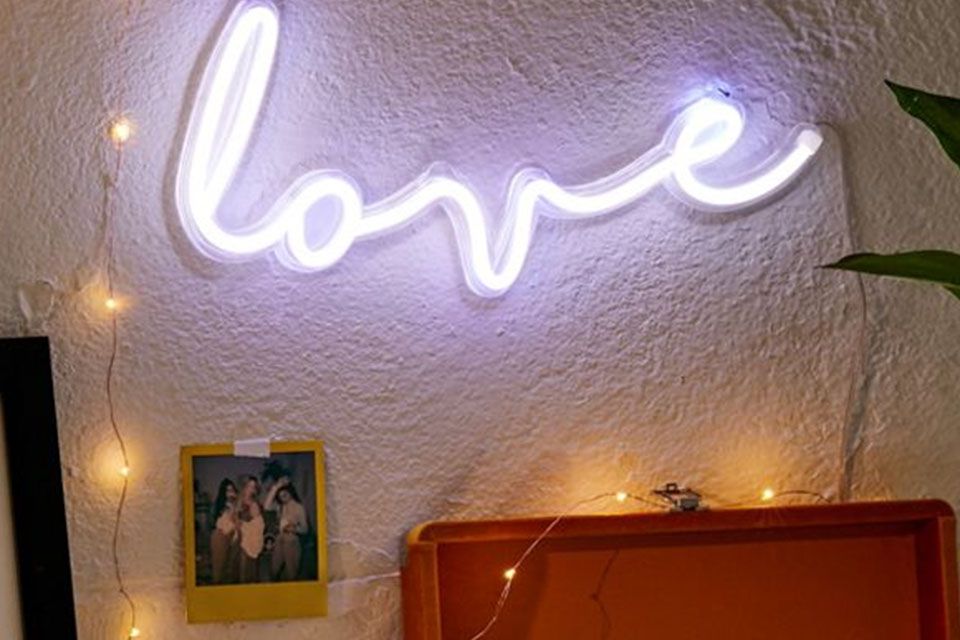
Sintesi
Ecco 10 informazioni chiave sul history of neon signs:
- Neon was discovered in 1898, but French engineer Georges Claude invented the neon light in 1910.
- Il first neon sign was used for advertising in 1912, and Claude Neon introduced insegne al neon to the U.S. in 1923.
- Insegne al neon became popular in advertising due to their bright glow and visibility, especially at night.
- Il Golden Age of Neon (1920s-1950s) saw insegne al neon proliferate in cities, particularly in Las Vegas.
- Il decline of neon began in the 1960s due to new segnaletica technologies and changing aesthetic preferences.
- Insegne al neon a LED have revolutionized the industry, offering energy efficiency, durability, and greater design flexibility.
- Modern neon signs are used in businesses, home decor, and events, with both traditional and Neon a LED options available.
- Neon sign technology has evolved from handcrafted glass tubes filled with gas neon to flexible, energy-efficient Neon a LED.
- Museums like the Neon Museum in Las Vegas and the American Sign Museum preserve and showcase historic insegne al neon.
- Il futuro di insegne al neon probabilmente comporterà ulteriori progressi in Neon a LED technology, interactive displays, and integration with other technologies.


